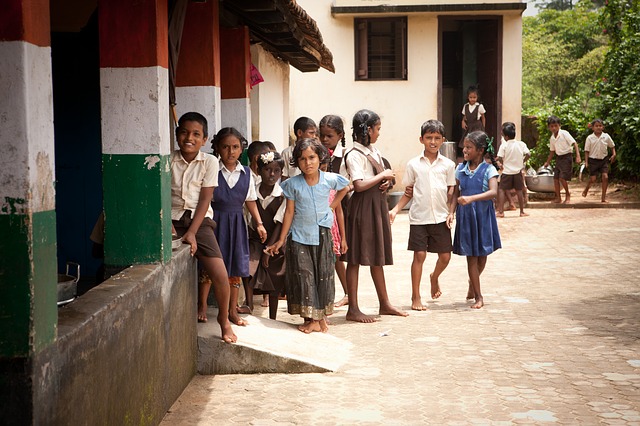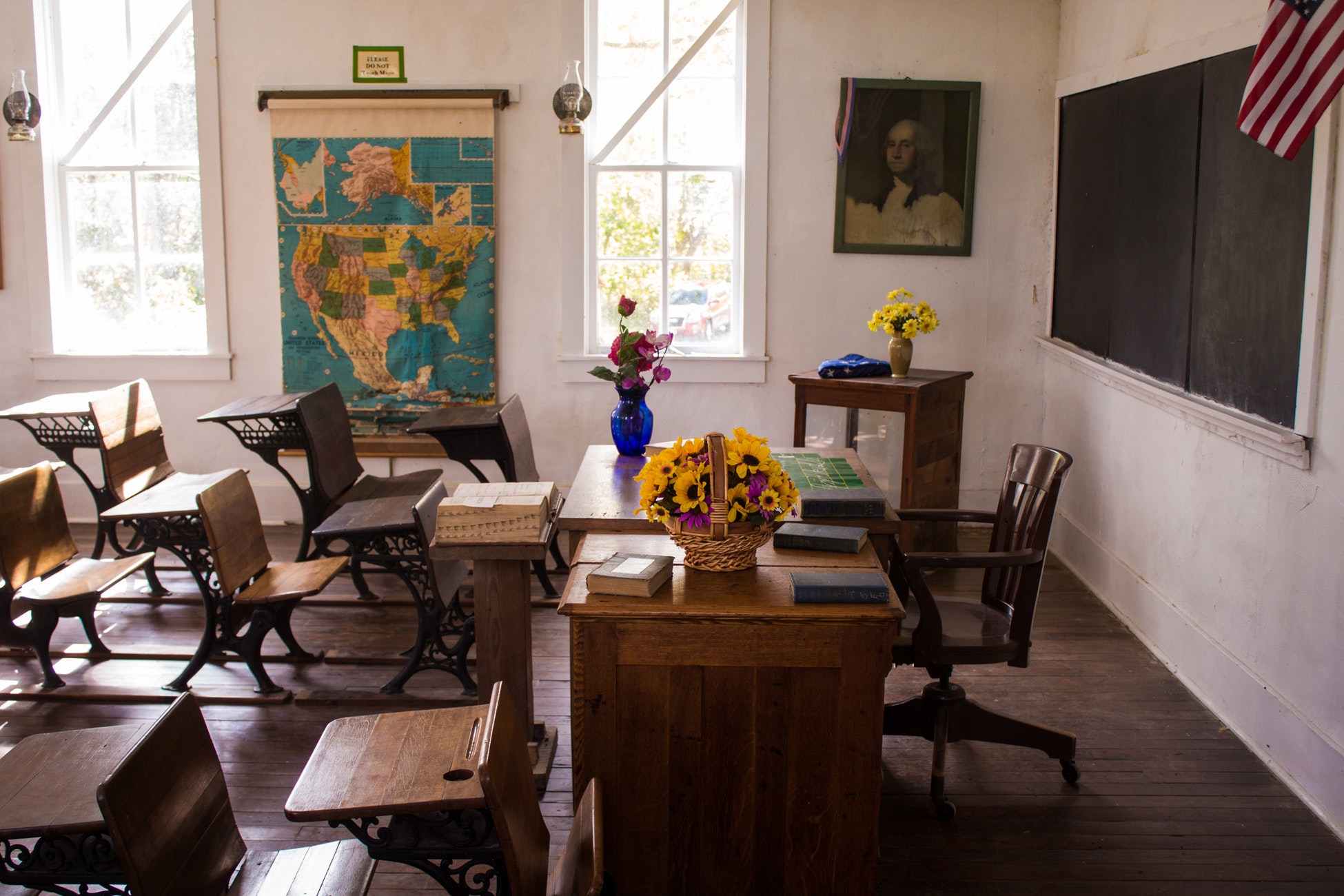As more light is being shed on the draft National Education Policy, huge changes will be seen in the pre-existing structure and pedagogy. Transformation in the education will be for students ranging from as young as 3 years.
Earlier India used to follow the 5-3-2-2 system, but the new policy suggests a 5-3-3-4 system.
Pre-school and grades 1-2 will be in the ‘foundation stage’ category. Grade 3-5 will come under the ‘preparatory stage’ and grades 6-8 will constitute the ‘middle stage’. Finally, grades 9-12 will be called the secondary stage.
There is a huge discussion in the country regarding the new education policy behind the idea, proposal of new government institutions and the amends it would make to the older system.
The National Education Policy covers one aspect deeply which is called the ‘Foundation Learning (FLN)’. The sole purpose of FLN is to focus on the part where the students till grade 5 have trouble counting to 100. Basic mathematics like addition, subtraction, which a grade 5 student should be comfortable with is a brainstormer for the students.
National Education Policy’s main focus is FLN
FLN is about enabling the students to read and learn with meaning and do basic math problems by grade 3. Grade 3 is the turning point for the students. If students can’t understand the concept taught by grade 3, it becomes extremely difficult to cope up in further grades. It is, therefore, necessary to catch them at such a crucial stage.
This has to be accompanied by training the teachers to help the students more. There will be students that require more attention and students with special needs. Schools and the states should be ready for any such challenge. The teacher’s curriculum will be reshaped too, bringing in more flexibility.
Countries like Kenya, Brazil and South Africa have identified a similar model. Increasing the focus on younger students in no way would be exerting more mental stress and pressure on students though. More flexibility and creativity in the curriculum would see to it. But in order to realize the long-term benefits, proper and well-planned investments have to be made.







